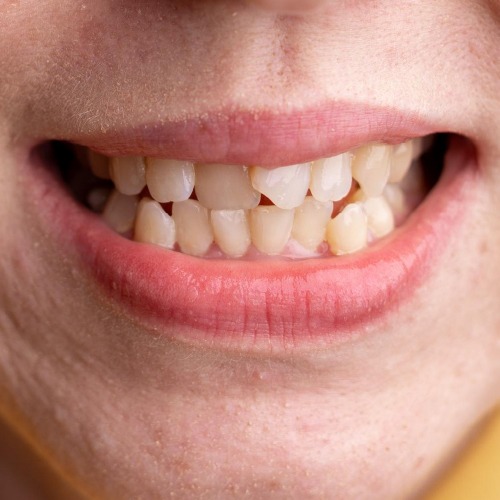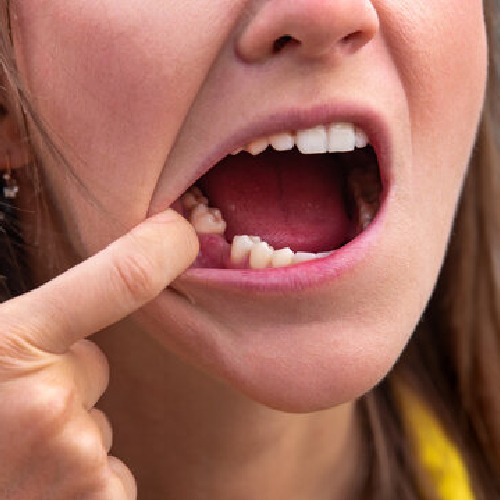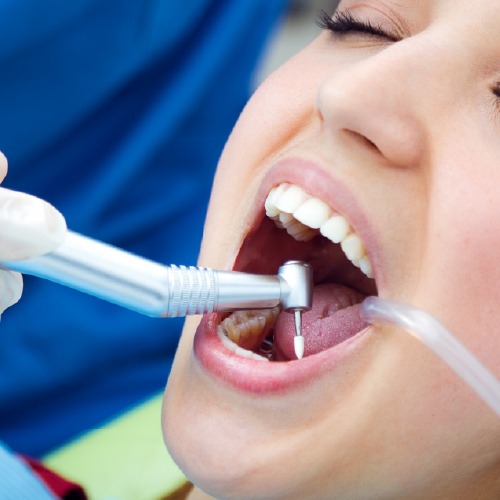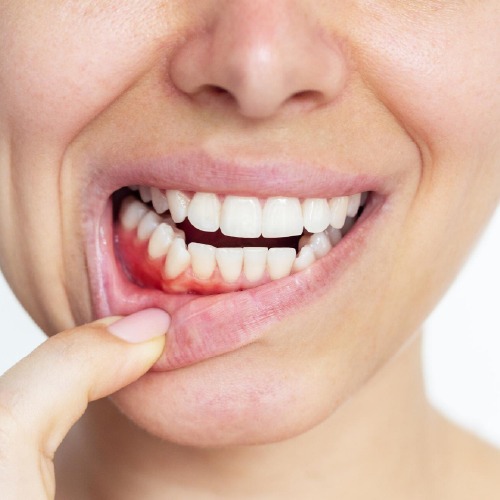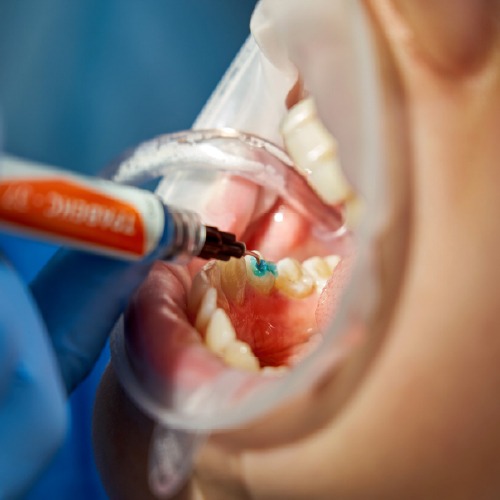Crooked, crowded, or misaligned teeth can affect more than just your smile; they can impact your oral health, self-confidence, and even how you chew and speak. Thankfully, modern orthodontics offers effective solutions like dental braces to correct these issues. In this comprehensive guide, we’ll explore how to fix misaligned teeth, why alignment matters, the role of dental braces, and how helpful tools like dental wax for braces can make the experience more comfortable.
What Are Misaligned Teeth?
Uneven teeth refer to teeth that do not line up properly. This can include crooked teeth, overlapping teeth, gaps between teeth, or an improper bite (overbite, underbite, or crossbite). These alignment issues can arise from genetics, thumb-sucking during childhood, injury, or premature loss of baby teeth.
Not only do uneven teeth affect your appearance, but they can also make it harder to maintain good oral hygiene. Plaque can build up in hard-to-reach areas, leading to tooth decay and gum disease. That’s why it’s so important to understand how to fix misaligned teeth before the problem gets worse.
How to Fix Misaligned Teeth
If you’re wondering how to fix uneven teeth, you’re not alone. Millions of people seek orthodontic care every year for this exact reason. The good news is that several effective treatments are available, depending on the severity of the misalignment.
Here are the most common methods:
- Dental Braces: Traditional orthodontic braces use metal or ceramic brackets attached to the teeth, connected by wires. Over time, they gently move the teeth into their proper positions. Dental braces are one of the most effective solutions for complex misalignment cases.
- Clear Aligners: Invisalign and other clear aligner systems offer a more discreet option. These plastic trays are custom-made and gradually shift your teeth. They’re best for mild to moderate alignment issues.
- Retainers: In some cases, a simple retainer may be enough to correct minor misalignment.
- Surgical Options: Severe skeletal misalignments may require jaw surgery combined with orthodontic treatment.
So, when thinking about how to fix uneven teeth, it’s crucial to get a professional evaluation from an orthodontist who can recommend the right treatment plan.

The Role of Dental Braces
Dental braces have been a trusted solution for correcting uneven teeth for decades. Whether you’re a teenager or an adult, braces can help guide your teeth into a healthier and more attractive position.
Here’s how dental braces work:
- Brackets are bonded to the teeth
- A metal archwire is threaded through the brackets
- Small rubber bands (ligatures) hold the wire in place
- Over time, gentle pressure moves the teeth into alignment
Modern dental braces are much more comfortable and customizable than in the past. You can choose between traditional metal braces, ceramic (tooth-colored) braces, or even lingual braces, which are attached to the back of the teeth.
If you’re researching how to fix uneven teeth, especially complex cases, dental braces are usually the top recommendation from orthodontists.
Why Fixing Uneven Teeth Matters
Fixing uneven teeth isn’t just about aesthetics; it’s also about long-term dental health.
Here’s why it’s important:
- Easier cleaning: Straight teeth are easier to brush and floss
- Better bite: Proper alignment improves chewing and speech
- Jaw health: Misalignment can cause jaw pain and TMJ disorders
- Prevent damage: Crowded or protruding teeth are more prone to chipping
- Boosted confidence: A healthy smile makes a great first impression
Understanding how to fix uneven teeth empowers patients to take control of their oral health and avoid future complications.
The Discomfort Side of Braces and How Dental Wax Helps
Let’s be honest, dental braces can be uncomfortable, especially in the beginning. That’s where dental wax for braces comes to the rescue.
Braces wax is a soft, protective barrier that you apply over brackets or wires that are irritating your cheeks, gums, or lips. It helps prevent sores and relieves discomfort caused by friction.
Here’s how to use braces wax:
- Wash your hands and brush your teeth
- Pinch off a small piece of wax
- Roll it into a ball
- Flatten it slightly and press it onto the bracket or wire
- Replace the wax regularly, especially before eating
Many orthodontists recommend carrying dental wax for braces with you, especially in the first few weeks after getting orthodontic braces. It’s one of those small tools that can make a big difference.
How Long Will I Need Braces?
The duration of wearing orthodontic braces depends on the severity of your case. On average:
- Mild cases: 6 to 12 months
- Moderate cases: 12 to 18 months
- Complex cases: 18 to 30 months
Your orthodontist will monitor your progress and make regular adjustments to the orthodontic braces to ensure optimal movement.
Caring for Your Braces
Proper care is essential when you have orthodontic braces. Braces can trap food particles, increasing the risk of cavities and gum disease if not cleaned properly.
Here are some tips:
- Brush after every meal using a soft-bristle brush
- Use an interdental brush or water flosser to clean around brackets
- Avoid sticky, hard, or sugary foods
- Rinse with fluoride mouthwash
- Use dental wax for braces if you experience irritation
A consistent hygiene routine can keep your teeth and orthodontic braces clean and your treatment on track.
Braces for Adults: It’s Never Too Late
Many adults hesitate to get orthodontic braces, thinking they’re only for kids or teens. But adult orthodontics is on the rise, and it’s never too late to correct uneven teeth.
Modern treatment options like clear aligners and ceramic braces make the process more discreet. And with better oral health and increased confidence as the reward, it’s a worthwhile investment.
So if you’ve been wondering how to fix uneven teeth as an adult, the answer is simple: consult with an orthodontist and explore your options. You might be surprised at how much your smile can change.
Common Myths About Dental Braces
Let’s clear up a few myths:
- “Braces are only cosmetic.” False, straight teeth improve oral health.
- “Braces hurt all the time.” While there’s initial discomfort, it’s manageable and temporary.
- “Only kids get braces.” Not true, many adults benefit from them.
- “Dental wax for braces is optional.” Technically, yes, but it greatly improves comfort.
Understanding the truth behind these myths helps patients feel more confident and informed when choosing orthodontic braces.
Final Thoughts
Orthodontic braces are one of the most effective ways to correct uneven teeth, improve oral health, and boost your confidence. Whether you’re a teenager starting your orthodontic journey or an adult looking for a smile makeover, there are options available to suit your needs.
If you’re unsure how to fix misaligned teeth, consult with an orthodontist who can guide you toward the right treatment, whether that’s orthodontic braces, clear aligners, or other methods. And remember, tools like dental wax for braces can make the process smoother and more comfortable.
A healthy, beautiful smile starts with the decision to act. Don’t wait to fix uneven teeth. Begin your journey today, with the right support, the right tools, and the right mindset.
References:
https://www.aaoinfo.org/blog/why-orthodontics
https://www.mayoclinic.org/tests-procedures/braces/about/pac-20384603
